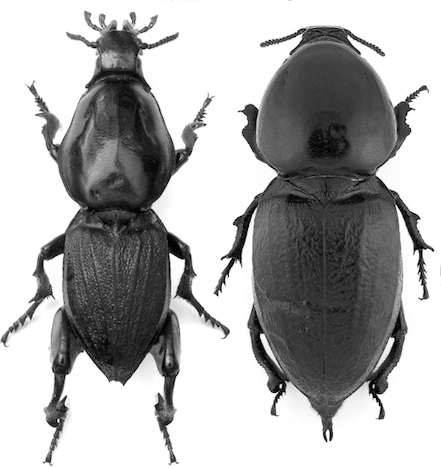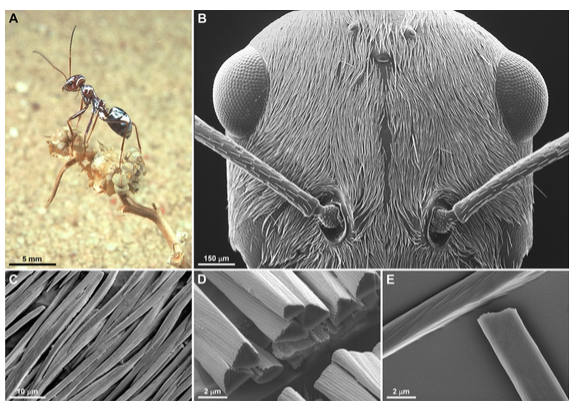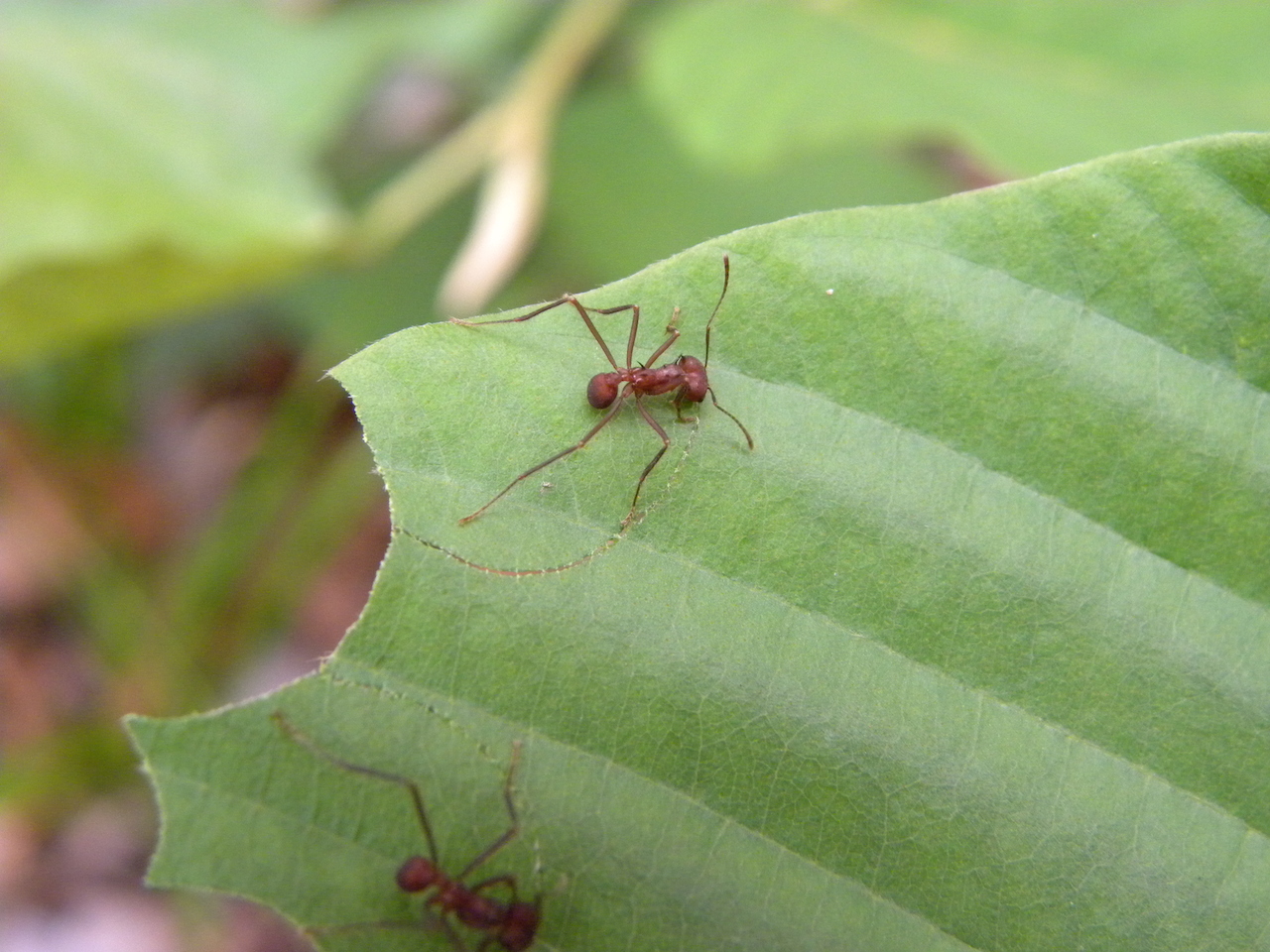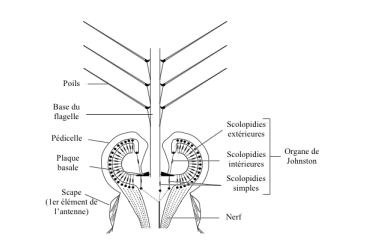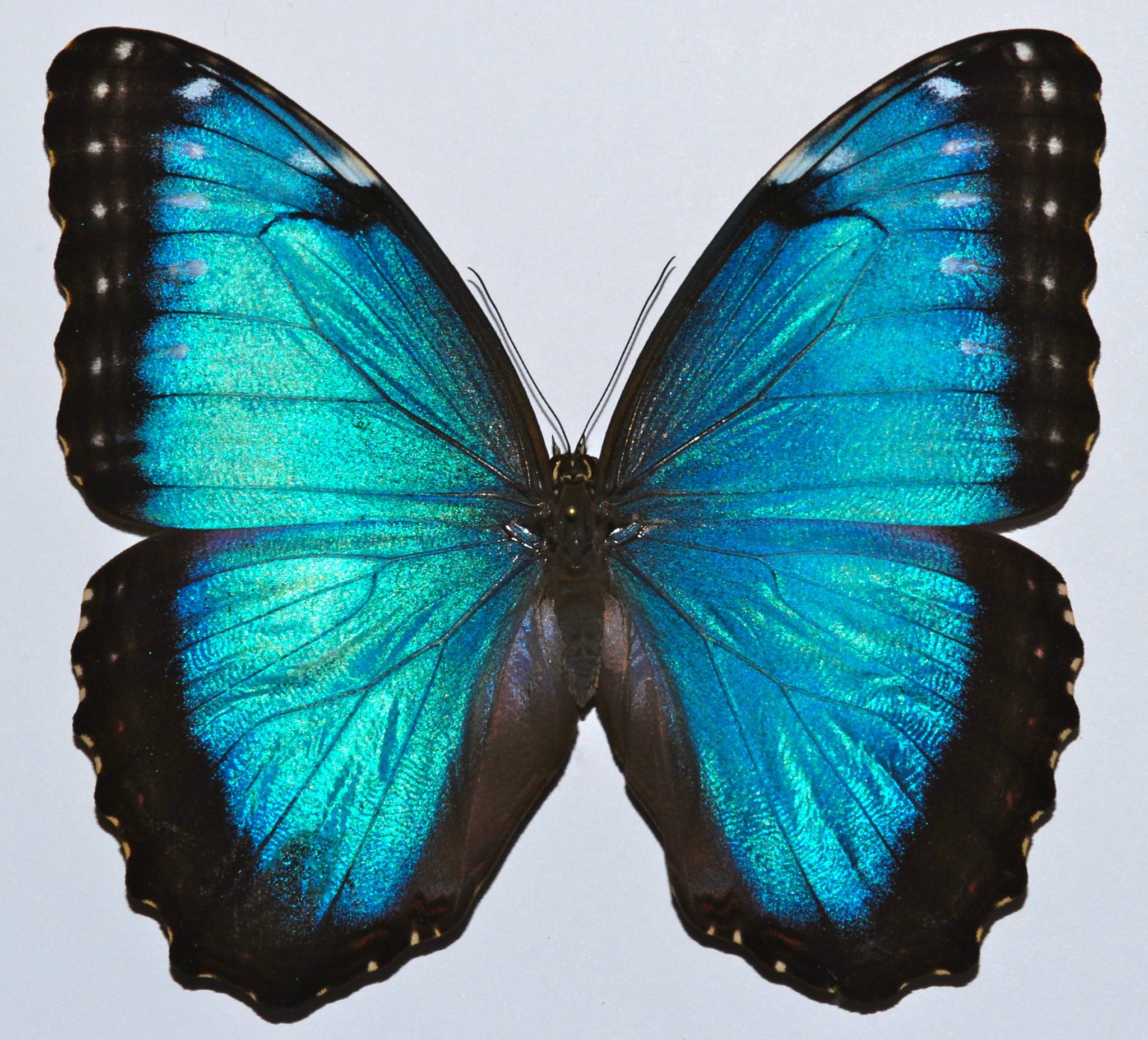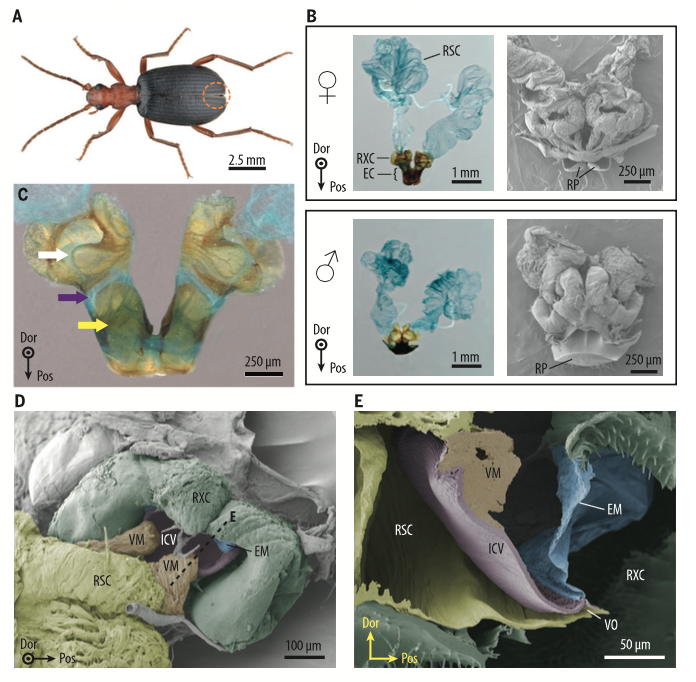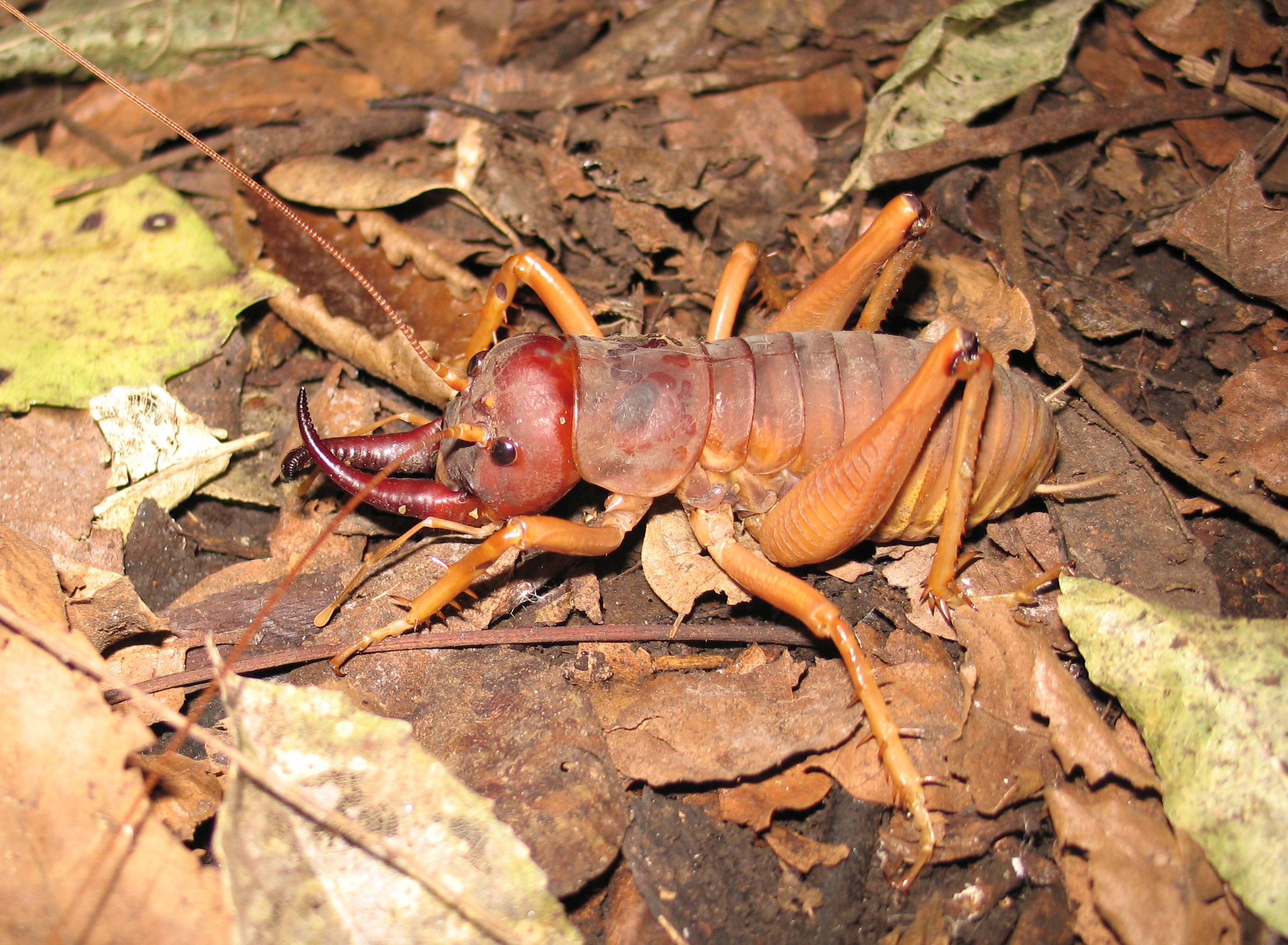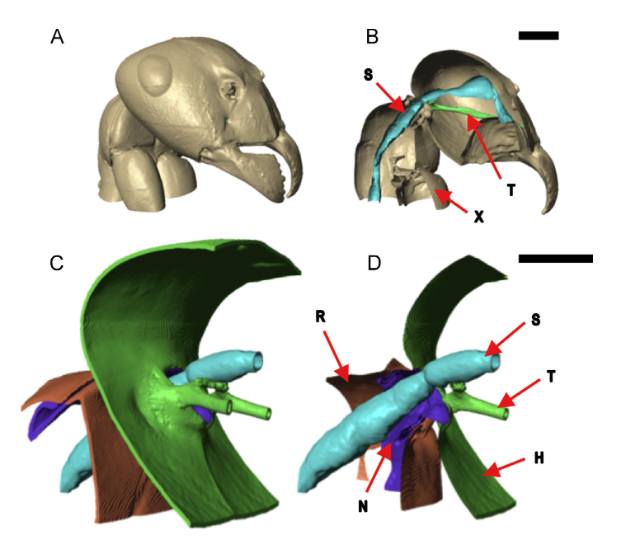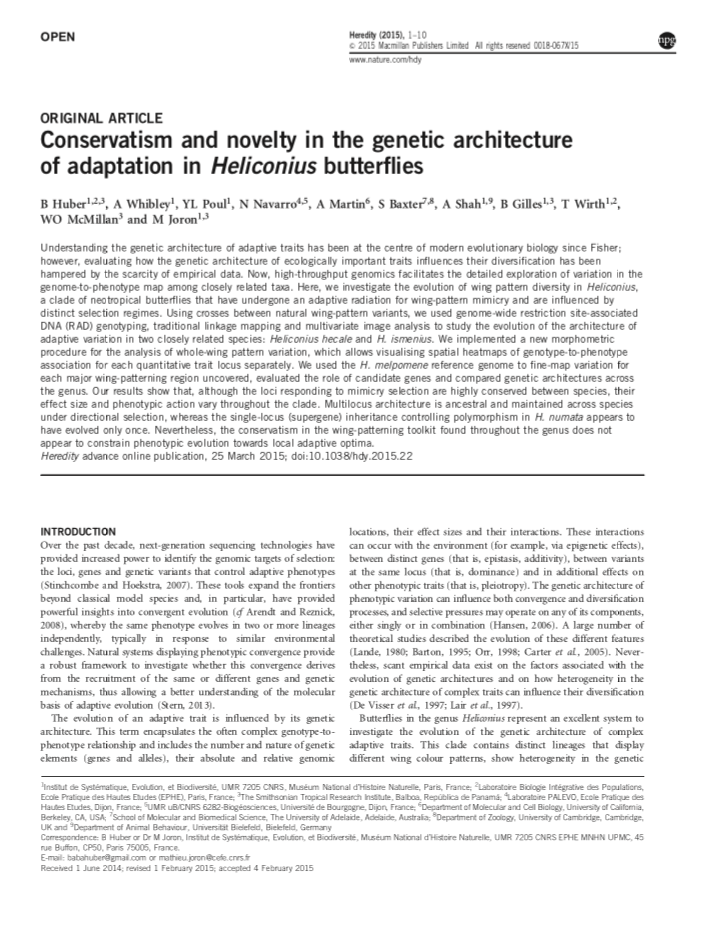Post Views: 1,962 Interview de David GIRON Director of the Insect Biology Research Institute – IRBI University of Tours caption id=”attachment_2257″ align=”alignright” width=”210″] David GIRON
Year: 2015
Hypocephalus armatus: a (very) unusual long-horned beetle
Post Views: 4,253 Hypocephalus armatus is a large South American Beetle em>Hypocephalus armatus is a large South American Beetle of a unique morphology among long
The power of the Cataglyphs of the desert
Post Views: 2,340 Desert ants of the species Cataglyphis bombycina live in environments with extreme temperature conditions. In the middle of the day, despite an
Mushroomists Ants of the genus Atta
Post Views: 3,314 The species of ants known as “mushroom ants” or “leafcutters” belong mainly to the genera Atta and Acromyrmex (family Formicidae and subfamily
Sensory receptors in insects: Mechanoreceptors – Part II: Chordotonic organs
Post Views: 4,356 Second part : chordotonal organs Alike all arthropods, insects have an external skeleton, the exoskeleton, consisting of chitin and forming the cuticle
Morpho’s blue colour: a structural origin
Post Views: 3,796 Color is not an intrinsic characteristic (own to) of living objects and organisms. It depends on the type of receivers and the
Mechanisms at the origin of defensive spraying in beetle bombers
Post Views: 1,956 Threatened, the bombardier beetles spray from their abdomen an irritating defensive liquid by a succession of very fast jets. This phenomenon begins
Weta: giant insects from New Zealand
Post Views: 4,780 Regions of the world, geographically isolated from other continents for millions of years, have allowed the appearance of unique, rare and incredible
How strong does an ant develop?
Post Views: 1,934 We have all seen ants at work: they have the ability to lift and carry mass loads several times their own. The
Publication in the journal Nature/Heredity of some of my results on Heliconius butterflies
Post Views: 1,739 Heliconius within the “Institute of Systematics, Evolution and Biodiversity” of Muséum National d’Histoire Naturelle de Paris (UMR 7205-CNRS) and on the Gamboa


